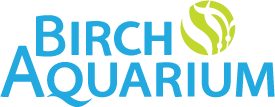Transform Youth Programs From Reactive to Proactive Using Health Data
7 min read | Published November 15, 2023
Transform Youth Programs From Reactive to Proactive Using Health Data
7 min read | Published November 15, 2023
![[your-subject]](https://www.schooldoc.com/files/DocNetwork-Charge-Logo.png)
By DocNetwork
![[your-subject]](https://www.schooldoc.com/files/DocNetwork-Charge-Logo.png)
By DocNetwork
![[your-subject]](https://www.schooldoc.com/files/DocNetwork-Charge-Logo.png)
By DocNetwork
Introduction
As a leader of youth programs on campus, you’ve got a lot on your plate. There’s the daily itinerary, the activities, the coordination, staff management – and looming over all this, the responsibility of keeping the kiddos safe. Often, safety measures revolve around reactive methods. But what if you could predict and prevent issues before they happen? That’s where the power of electronic health records (EHR) comes into play.
In this post, we’re peeling back the layers of EHR and showing you how the data they collect – yes, the very numbers and notes you might find dreary – actually provide a treasure trove of preemptive safety measures.
Understanding Your Data
Before you can leverage health data, you need to understand what you have. EHRs aren’t just medical history forms; they’re dynamic records that give insights into allergies, medication requirements, past injuries of your campers, and potentially so much more. They hold clues that can help you prepare better for the camp season.

Spotting Trends
When you look at health records over time, patterns emerge. Perhaps you’ll notice a rise in asthma issues during a particular week every summer. Or maybe you find out that dehydration cases spike on the days when the hike to the Big Rock is scheduled. These patterns are the signposts for where you need to focus your preventative efforts.
Tailoring Activities
Every kid is unique, and their health data reflects this. You might have a camper or student who is diabetic and another who has a peanut allergy. EHRs allow you to tailor activities or meal plans ensuring that everyone has a safe and inclusive experience.

Emergency Preparedness
In an emergency, you don’t often have the luxury of time. With EHRs, all the critical information is at your fingertips, allowing for quick and accurate medical responses. This could mean the difference between a small hiccup and a major incident.
Staff Training
EHRs inform not only about the campers but also about the training your staff might need. For example, recognizing the signs of an allergic reaction, such as hives, swelling, or difficulty breathing. Armed with critical knowledge such as this, you can arrange for specialized training for your staff before the camp season begins.
Privacy and Security
Balancing safety with privacy is a dance, and EHRs are your dance partner. Ensuring that you’re using a secure provider that thoroughly understands privacy and security laws will build trust with parents and protect your campers.

Conclusion
Risk management isn’t just about responding to incidents; it’s about preventing them. With the insights gleaned from EHRs, you can tailor your camp’s activities, prepare for emergencies, and train your staff to handle the specific needs of your campers.
It’s about making sure the only surprises you encounter are the happy ones – like an unexpected visit from a friendly deer or a camper mastering a skill they thought was impossible. That’s the real story of risk management – turning data into a narrative of safety and success.
So take another look at those electronic health records. They’re not just a formality; they’re the chapters of a playbook that keeps every camper safe and smiling. Because in the end, that’s what it’s all about.
Let us show you why over
1,250 programs nationwide
choose CampDoc.
Schedule a Demo Today!







